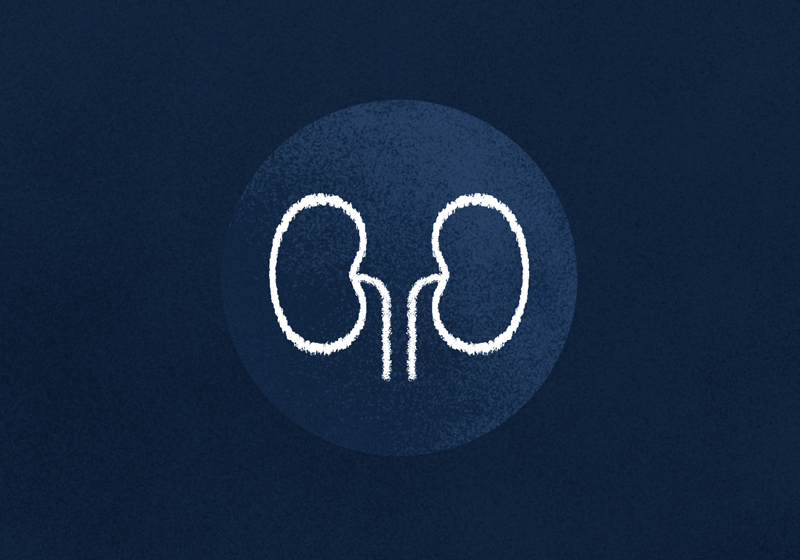PUJ Obstruction

Pelvi-Ureteric Junction (PUJ) obstruction refers to a blockage or narrowing at the point where the renal pelvis (the part of the kidney that collects urine) connects to the ureter (the tube that carries urine from the kidney to the bladder). This obstruction hinders the normal flow of urine from the kidney to the bladder, leading to various symptoms and potential complications. PUJ obstruction can occur due to a variety of factors. In some cases, individuals may be born with an abnormality in the ureter or renal pelvis, while others may develop the condition later in life.
Common symptoms are a pain in the flank (especially after caffeine or alcohol), recurrent stones or infection, and kidney loss in the long term. The condition is usually detected through initial imaging that suggests an obstruction in the urinary system. A further dedicated renogram scan may be required to establish if there is a blockage. Once the diagnosis is confirmed, treatment is indicated for symptoms, complications or a threat to kidney function. If symptoms are mild with no complications, observation is suitable for some people.
The most effective treatment for PUJ obstruction is a robotic pyeloplasty, a surgical procedure that involves removing the impaired segment (PUJ) and making a new join between the kidney and ureteric drainage system (reconstructive surgery). This procedure is minimally invasive and results in less pain, shorter hospital stay, and a quicker recovery time for patients than open surgery. Dr Kapil Sethi is trained in robotic and laparoscopic surgery and has extensive experience in performing pyeloplasty for PUJ obstruction.
Endopyelotomy is another treatment option for patients who are unsuitable for pyeloplasty. It is a minimally invasive procedure that involves making an incision in the PUJ segment to relieve the obstruction. This procedure may be recommended for patients who cannot undergo a pyeloplasty and the long-term results remain moderately successful.
Long-term internal stent placement is another treatment option for PUJ obstruction and is suitable for patients unfit for other surgical treatments. The stent is placed in the urinary system, allowing urine to flow freely from the kidney to the bladder. However, this treatment is not curative and may result in complications such as infection, irritation, and pain. Stents usually need to be changed every 6-12 months.
Dr Kapil Sethi is a highly skilled urological surgeon who specialises in the treatment of PUJ obstruction. He offers a personalised approach to each patient, taking into account their individual needs and circumstances. Dr Sethi believes in educating his patients about their condition and the available treatment options, empowering them to make informed decisions about their care.
If you suspect you have PUJ obstruction or are experiencing any urinary symptoms, it is essential to seek medical attention promptly to receive an accurate diagnosis and appropriate treatment.